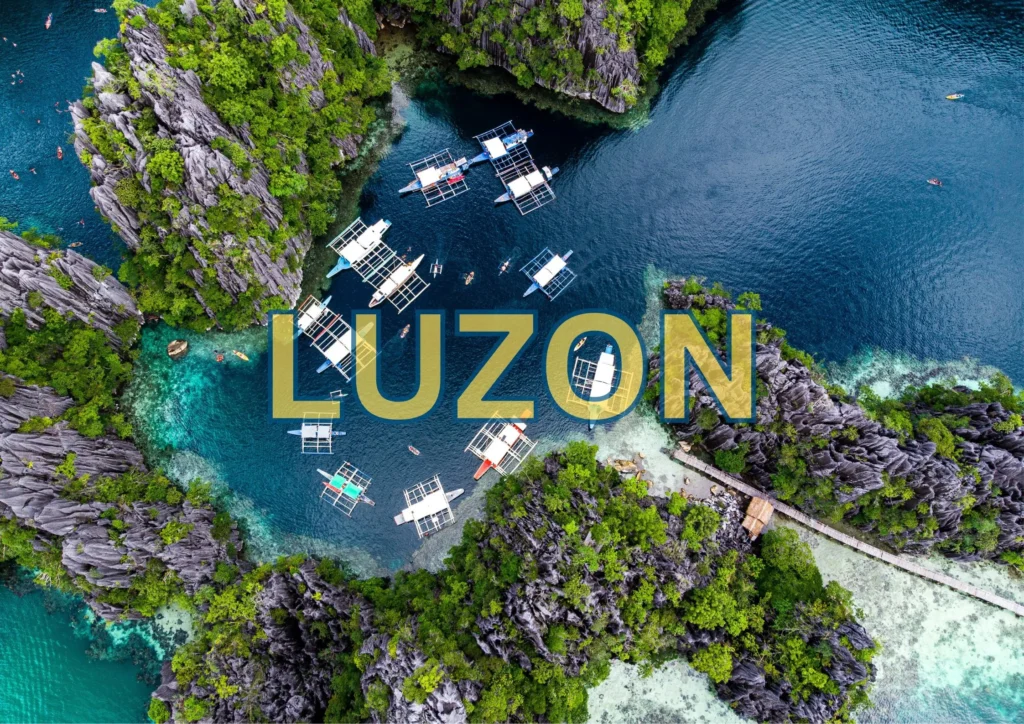Luzon
Luzon
Luzon Island, the largest and most populous in the Philippines, boasts a rich and diverse history that spans millennia. Prior to Spanish colonization in the 16th century, Luzon was inhabited by various indigenous groups, each with distinct cultures and social structures. The arrival of the Spanish led to the establishment of Manila as the capital of the Spanish East Indies in 1571, marking the beginning of over three centuries of colonial rule. During this time, Catholicism and Spanish culture were introduced, shaping the island's identity. In the 20th century, Luzon played a pivotal role in the Philippine-American War and World War II, witnessing significant battles for independence and liberation. Post-independence, Luzon emerged as the political, economic, and cultural hub of the Philippines, with Metro Manila evolving into a bustling metropolis. Today, Luzon remains a vibrant center of commerce, governance, and culture, boasting thriving cities, picturesque landscapes, and a resilient populace that continues to shape its dynamic trajectory.

